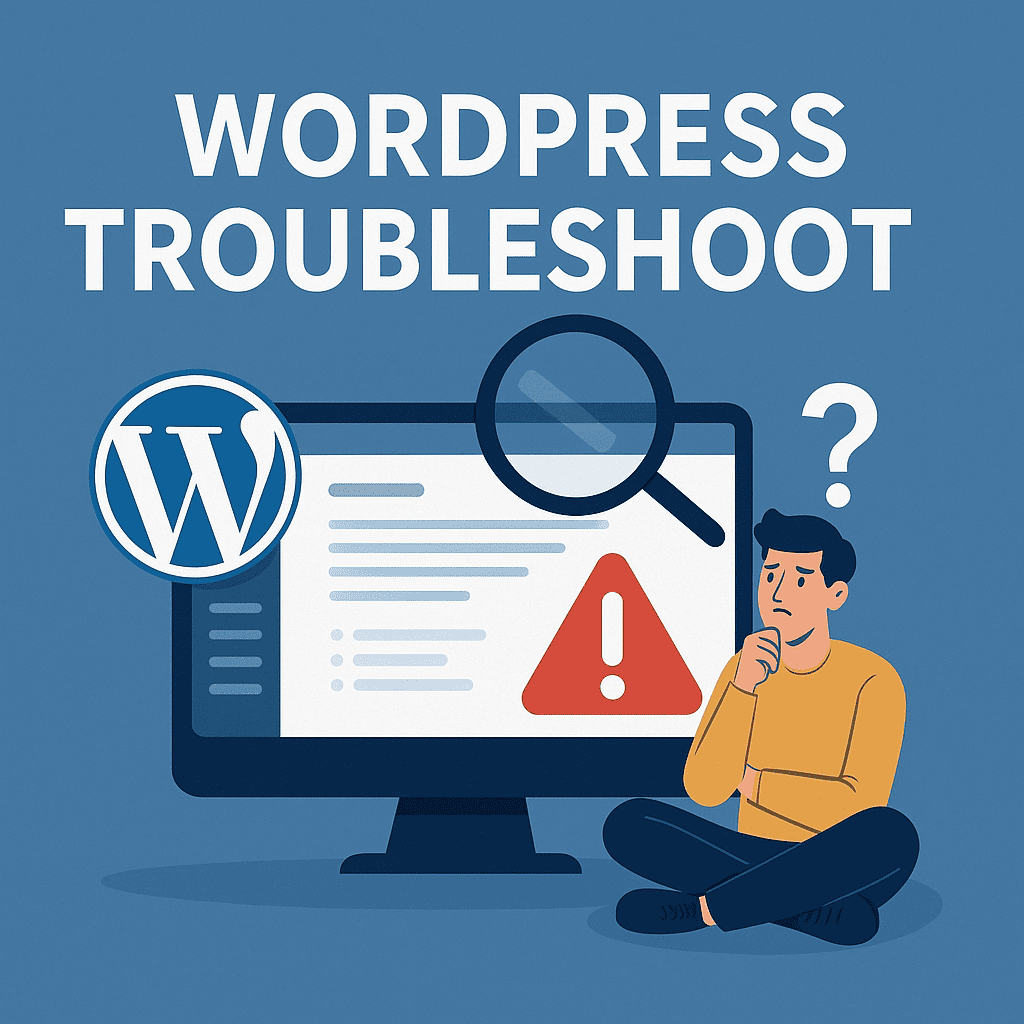✅ 1. Use the Query Monitor Plugin (The Sherlock of WP)
Install from wp-admin:
- Go to Plugins → Add New
- Search:
Query Monitor - Activate it
Then:
- Visit your frontend and admin pages
- You’ll see a Query Monitor bar showing:
- Slowest queries
- Plugins responsible for them
- REST API calls
- Hooks or AJAX running slow
⚠️ Important: Use it during traffic or load spike hours if possible.
✅ 2. Use WP-CLI to Profile Plugins (CLI-style Diagnosis)
Install WP-CLI if not present:
curl -O https://raw.githubusercontent.com/wp-cli/builds/gh-pages/phar/wp-cli.phar
chmod +x wp-cli.phar
sudo mv wp-cli.phar /usr/local/bin/wp
Navigate to your WordPress root:
cd /home/{User}/public_html
Then check plugin status:
wp plugin list --fields=name,status,update
Now disable ALL plugins temporarily:
wp plugin deactivate --all
Test site. If the CPU/memory load drops:
➡️ Yes! A plugin is causing the problem.
Now re-enable one by one:
wp plugin activate plugin-name
Monitor after each activation.
✅ 3. Temporarily Rename the Plugins Folder (Emergency Mode)
Go to:
cd /home/{User}/public_html/wp-content/
mv plugins plugins_backup
mkdir plugins
Reload your site. If it loads blank/basic and load drops — it was plugin-related.
To restore:
rm -rf plugins
mv plugins_backup plugins
✅ 4. Check for Plugins That:
- Use cron (newsletter, backup, sync)
- Send API requests (analytics, social feeds)
- Create shortcodes that query DB heavily
- Call external scripts (chatbots, forms)
Some frequent offenders:
| Plugin Type | Risky Examples |
|---|---|
| Page Builders | Elementor (with complex widgets) |
| Backups | UpdraftPlus, BackWPup (if set hourly) |
| Security | Wordfence (with live traffic scan) |
| SEO | Rank Math (if auto-crawling enabled) |
| MailPoet, Newsletter (on auto-send) | |
| Stats | Jetpack, MonsterInsights |
🔥 Ultimate Trick: Enable WP Debug Log to Trace Requests
Edit wp-config.php:
define('WP_DEBUG', true);
define('WP_DEBUG_LOG', true);
define('WP_DEBUG_DISPLAY', false);
Then check:
tail -f /home/{User}/public_html/wp-content/debug.log
This can reveal PHP warnings or notices from faulty plugins.
🧠 Recommendation Summary
| Task | Benefit |
|---|---|
| Use Query Monitor | Shows slowest plugin/query |
| Use WP-CLI | Disable/enable to isolate offender |
| Rename plugins dir | Quick diagnosis |
| Check debug.log | See background errors |
| Use server logs | Combine with /var/log/httpd/access_log |

